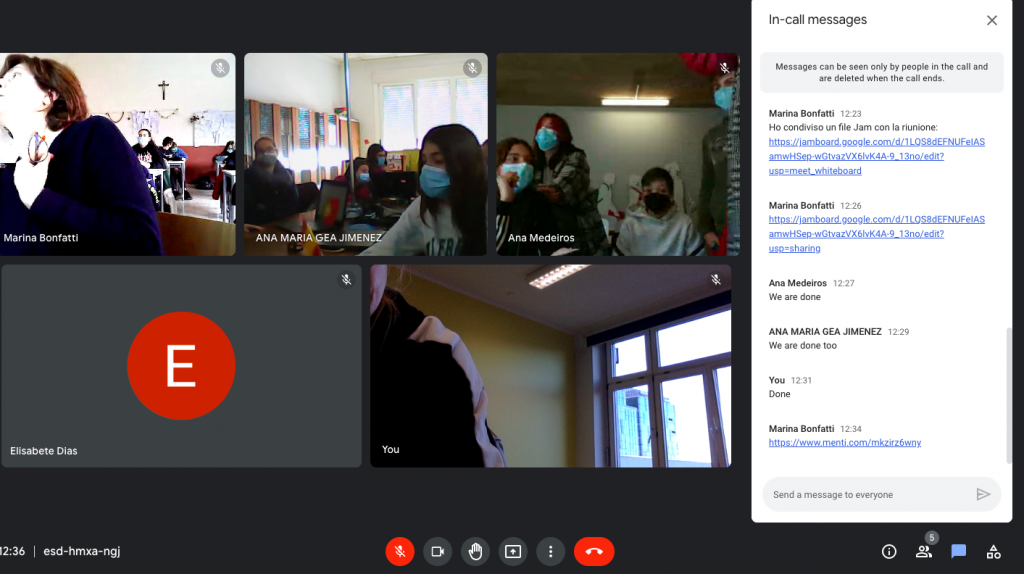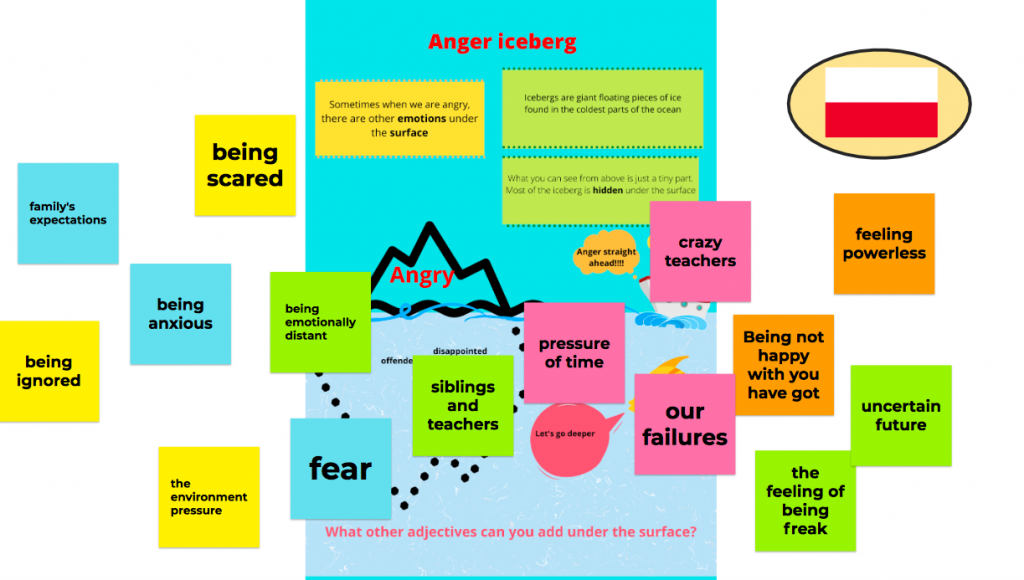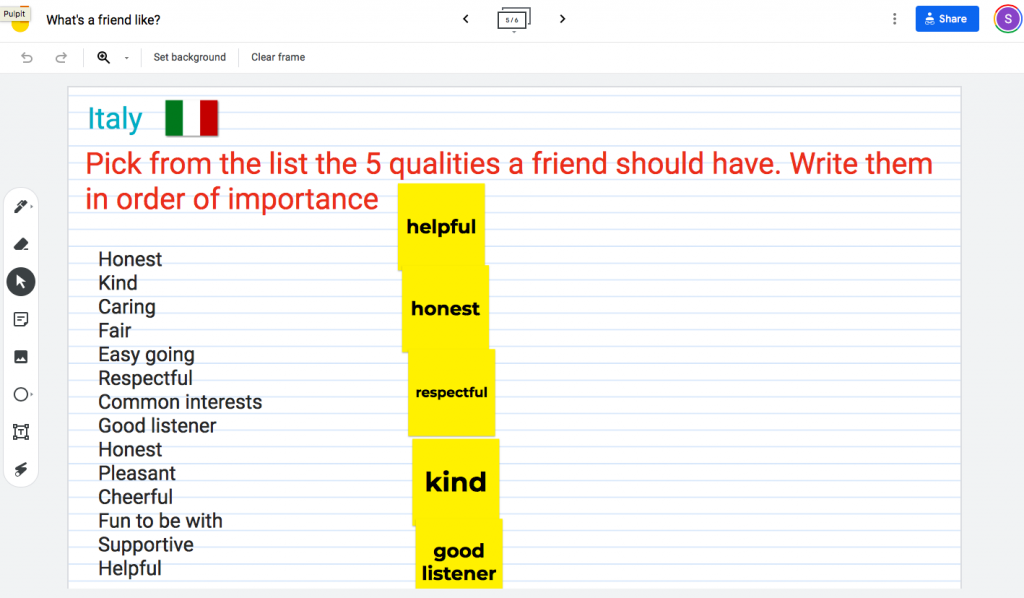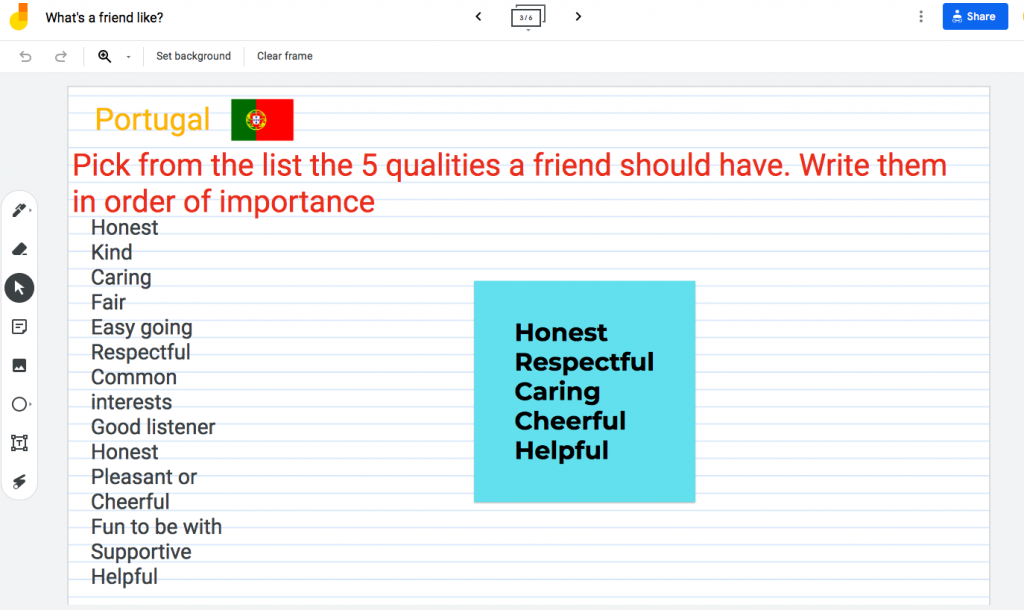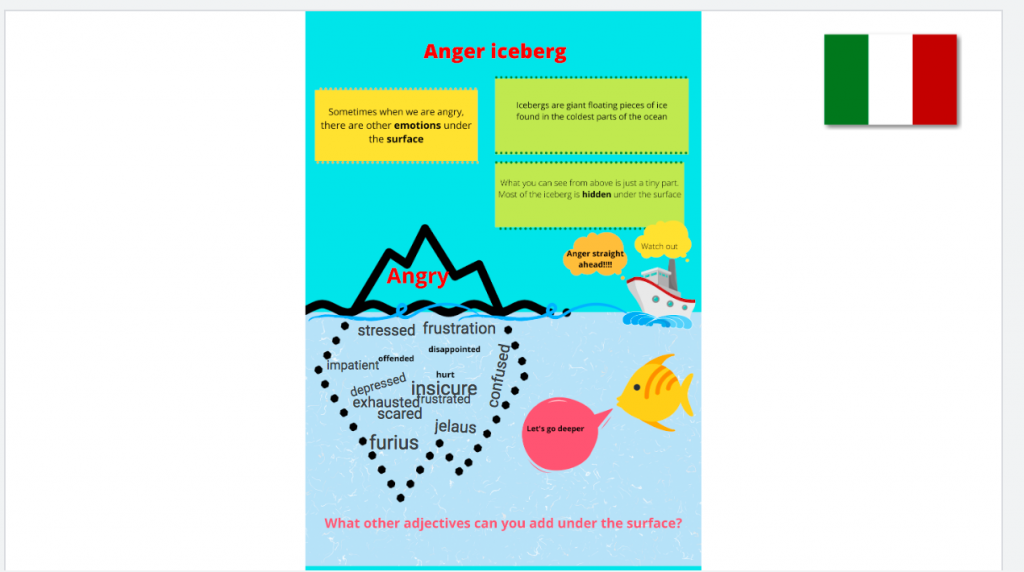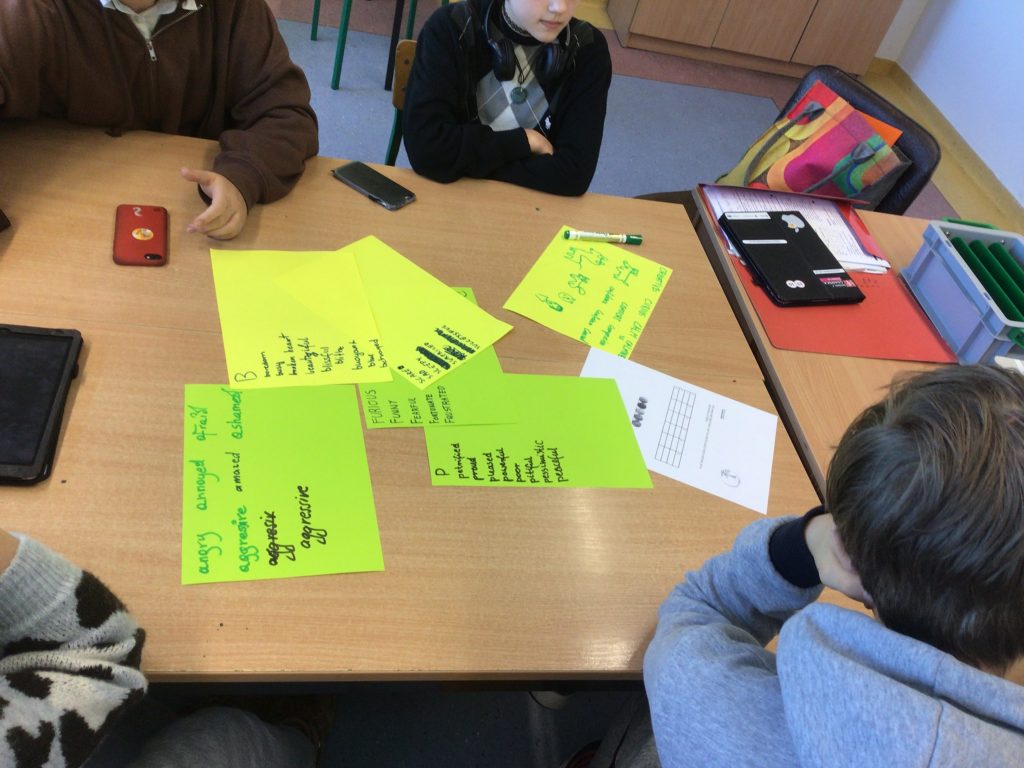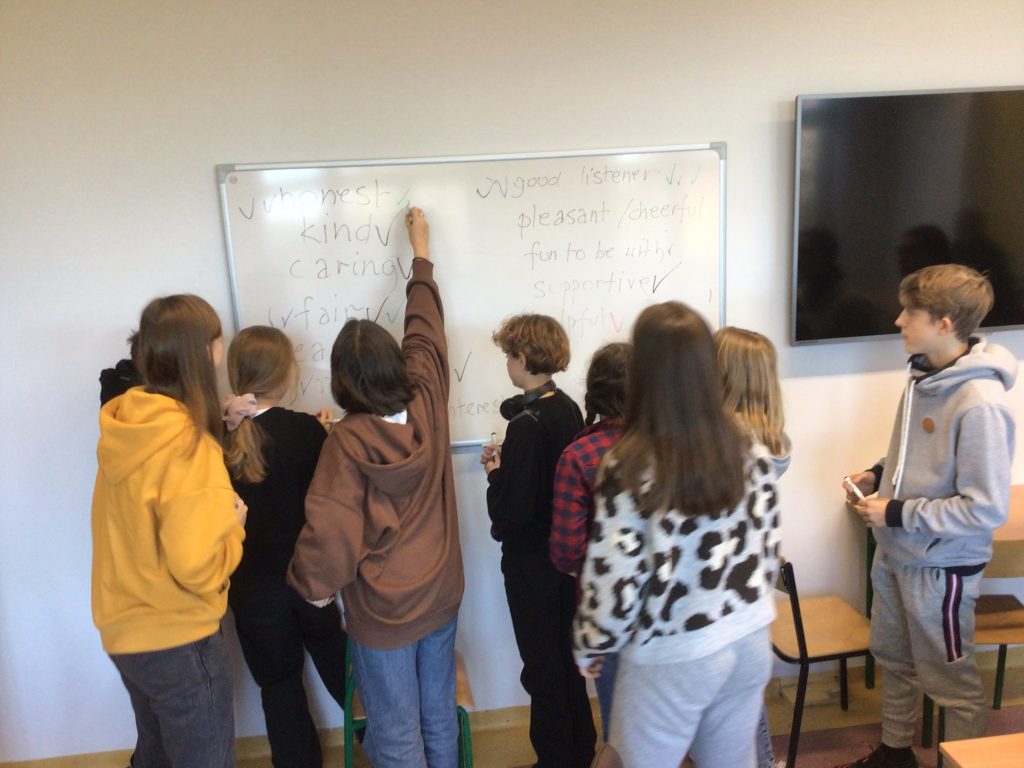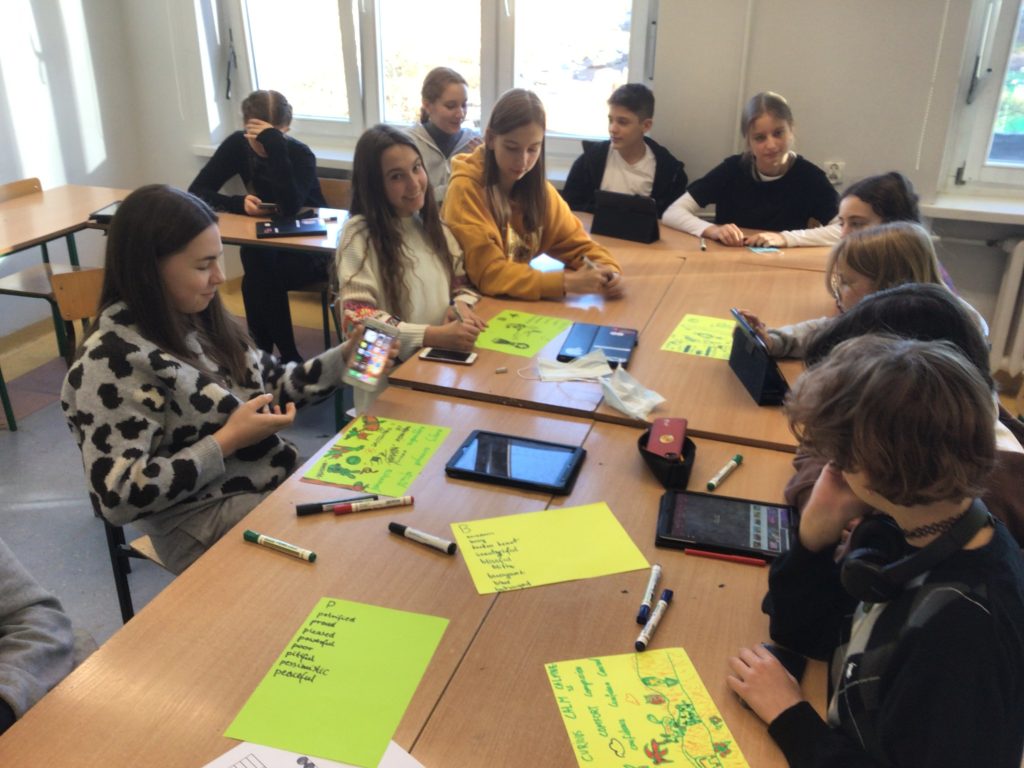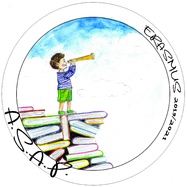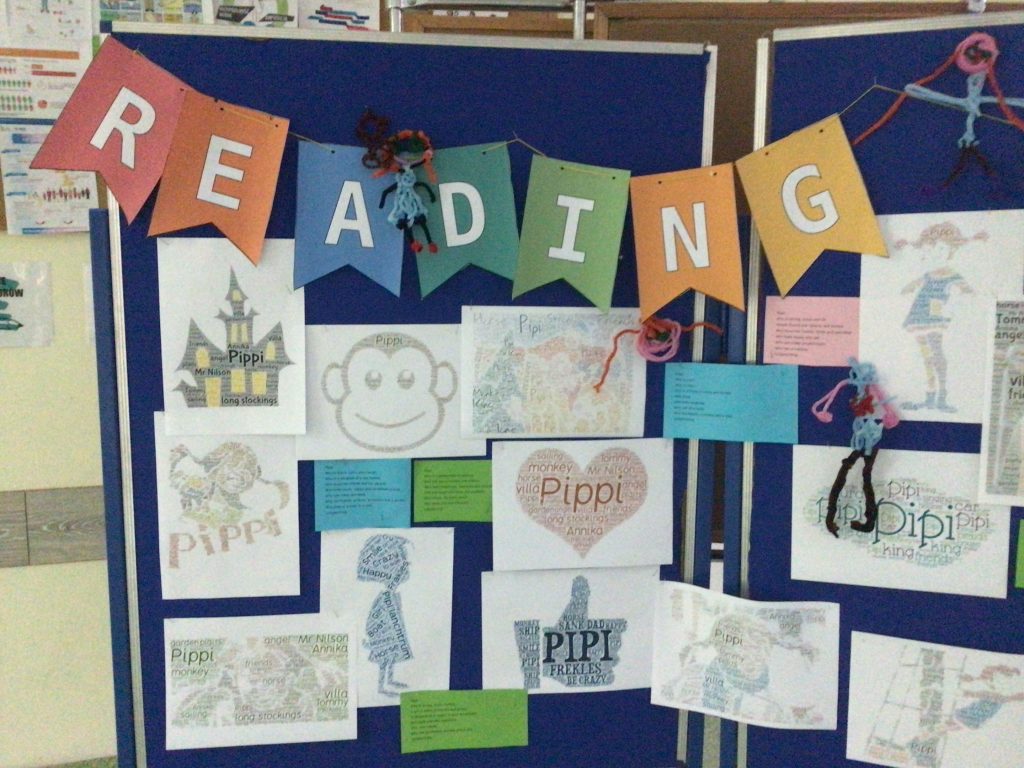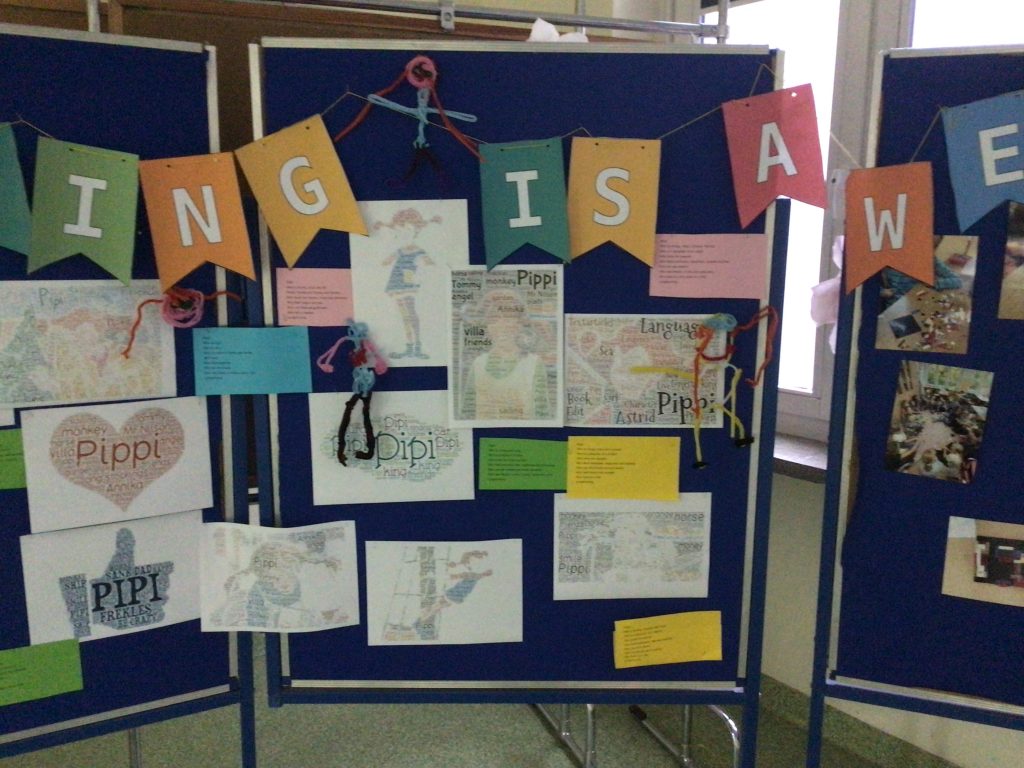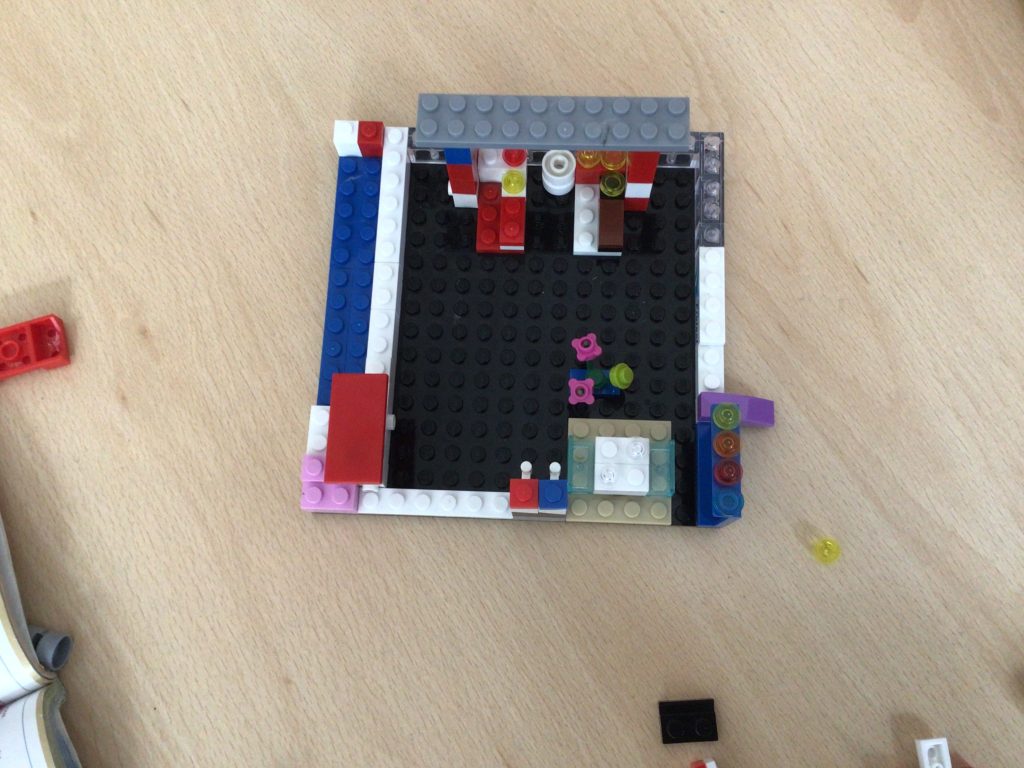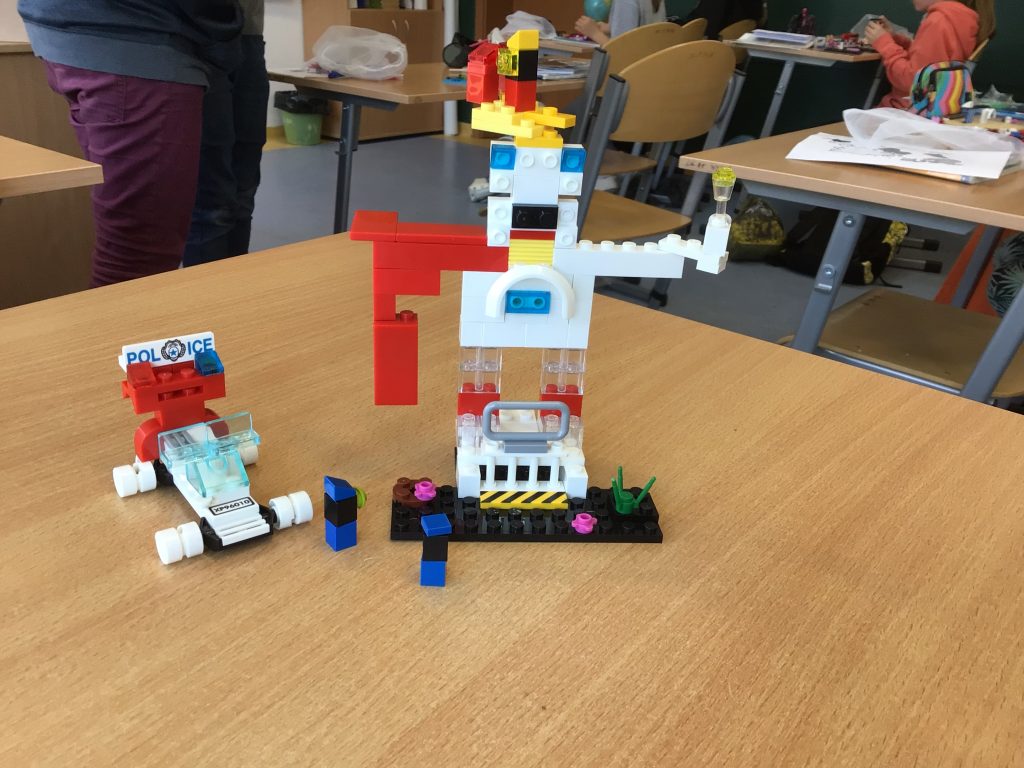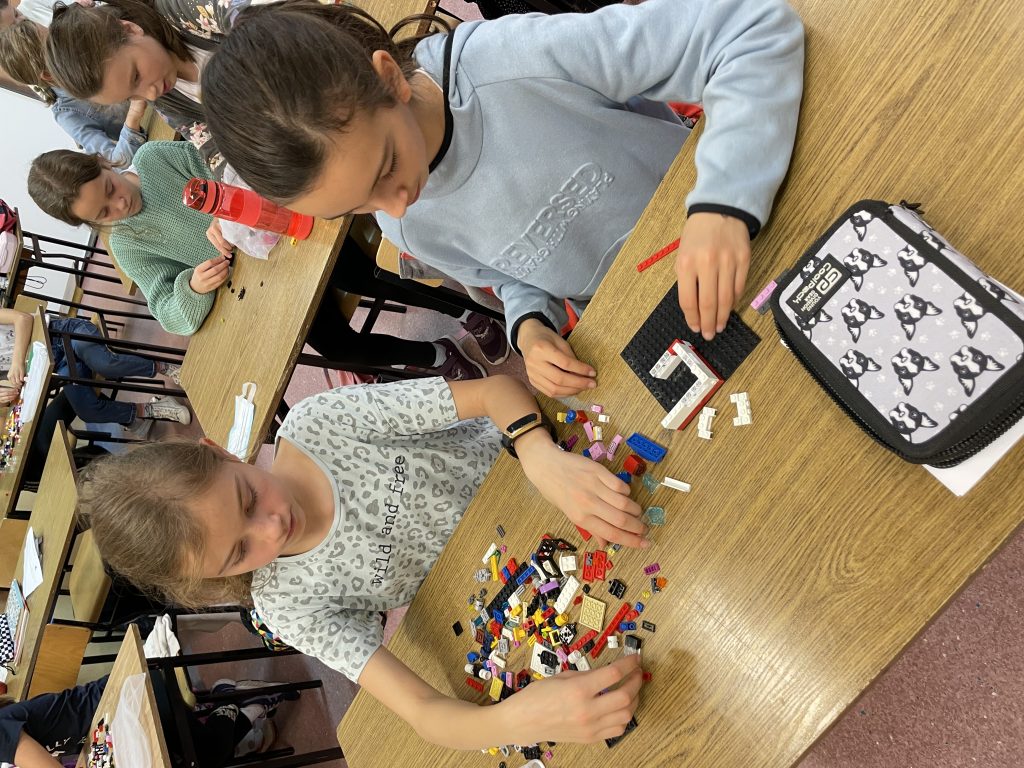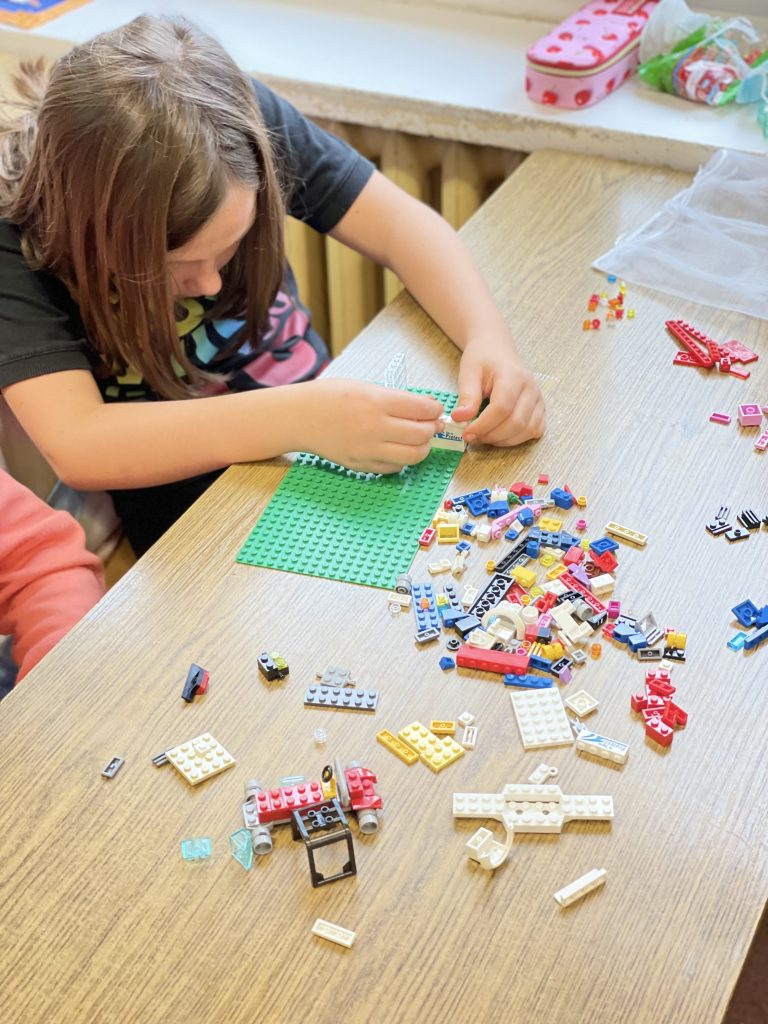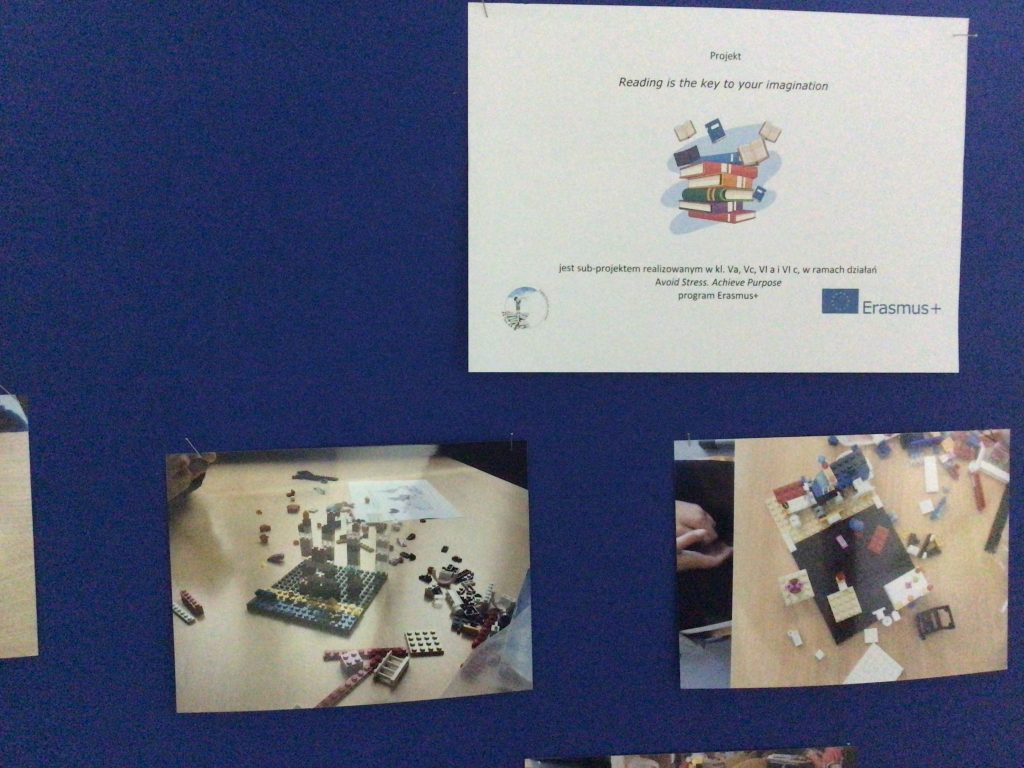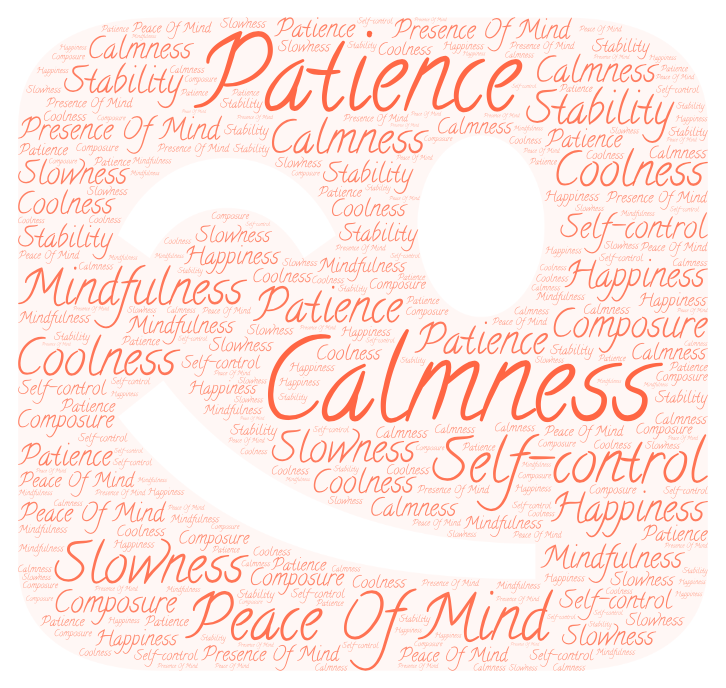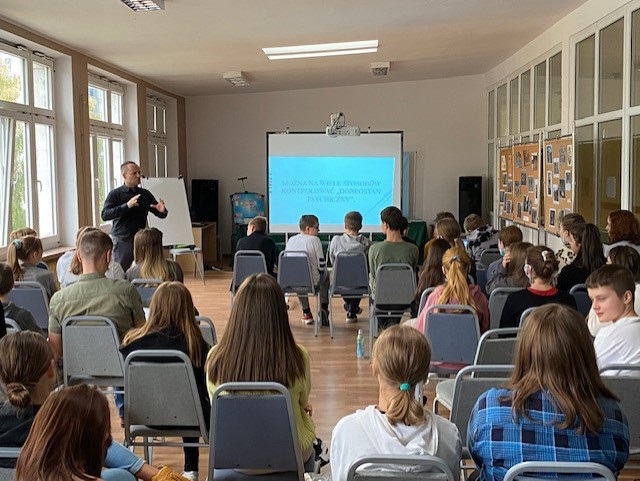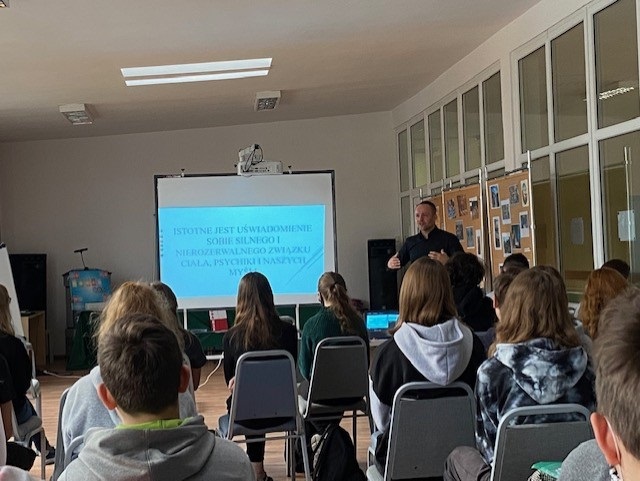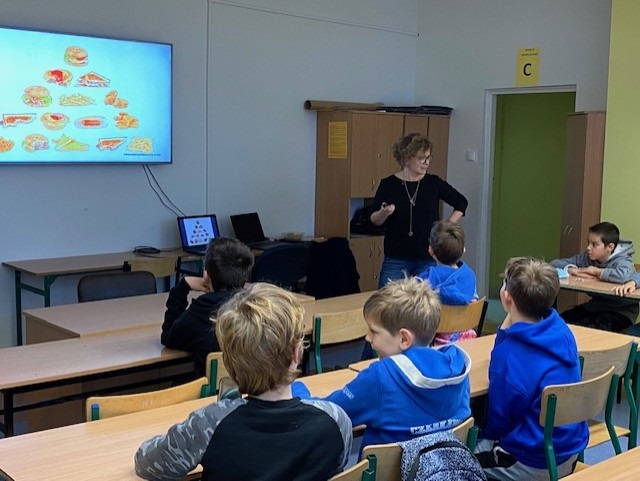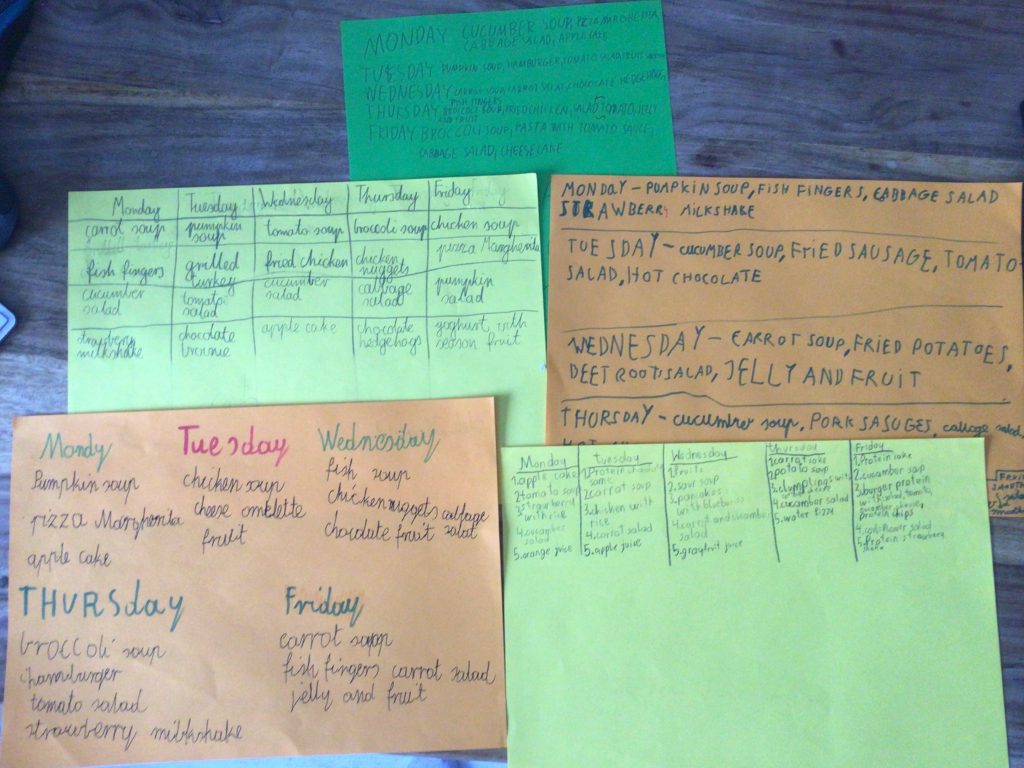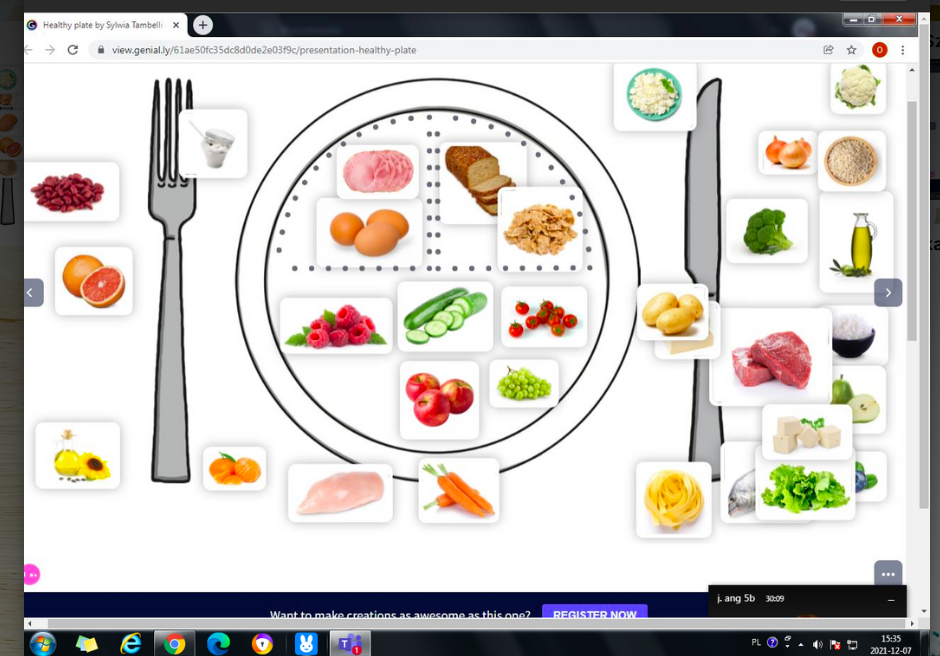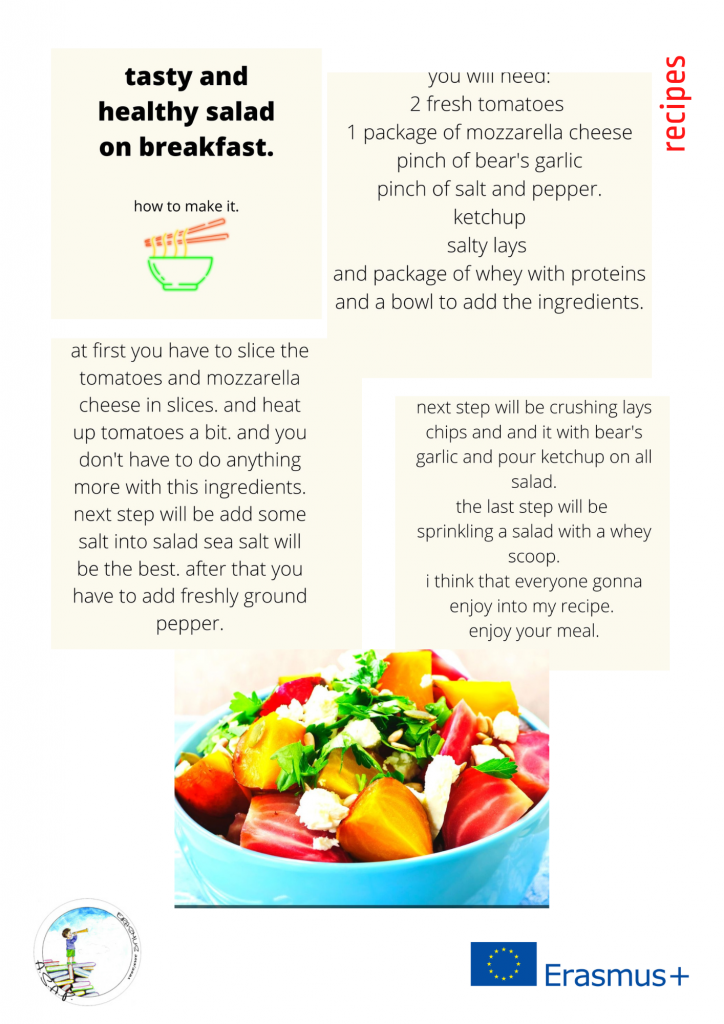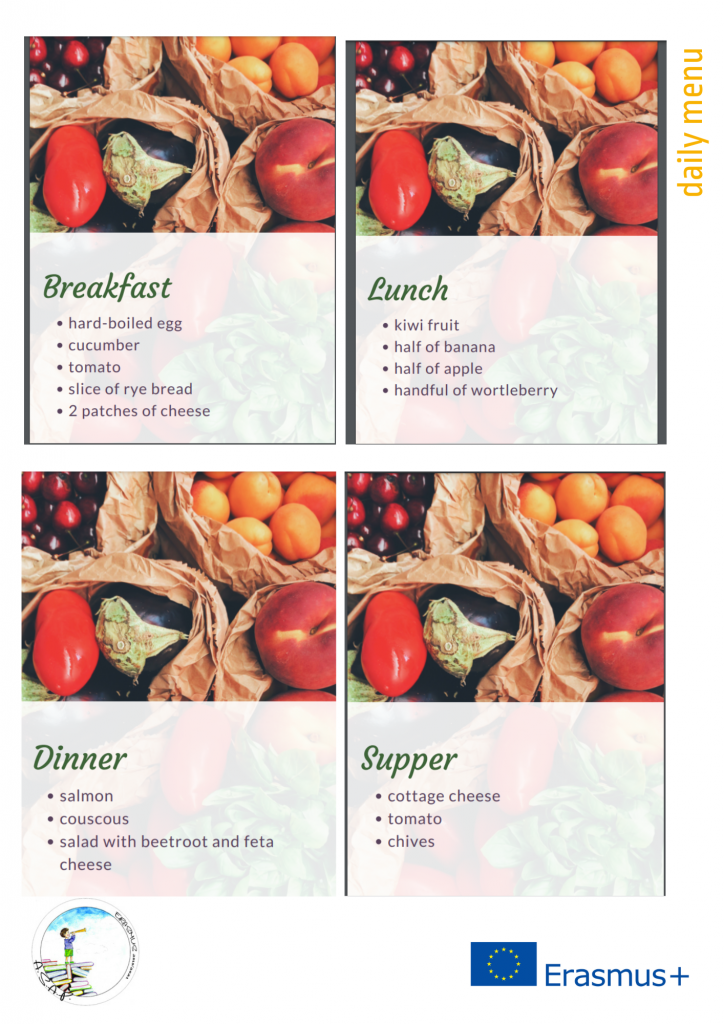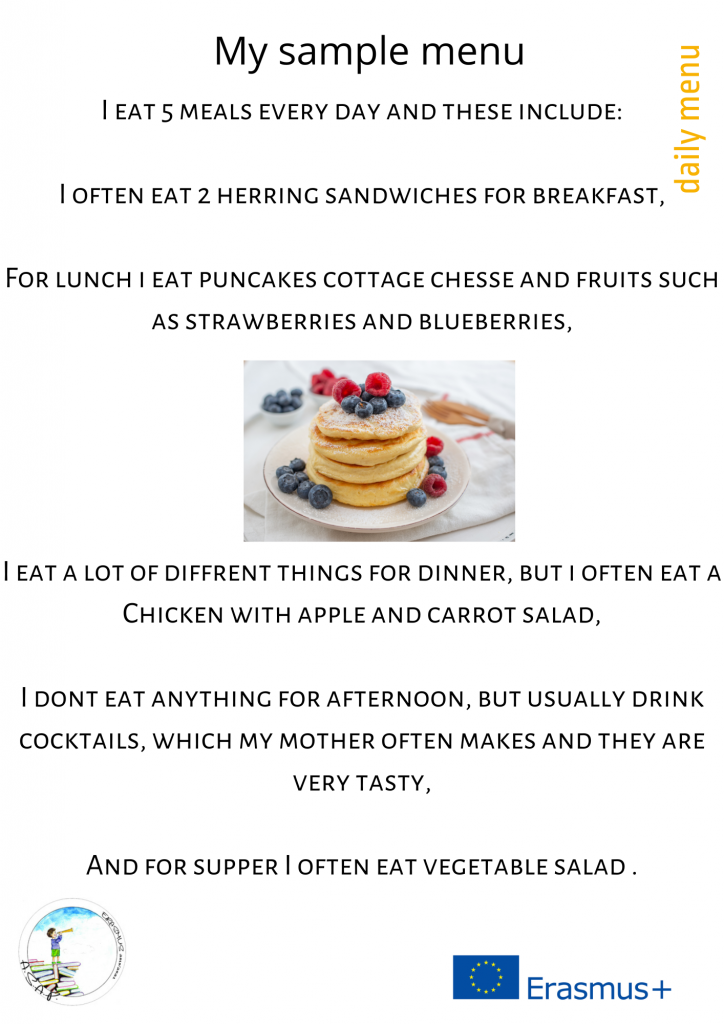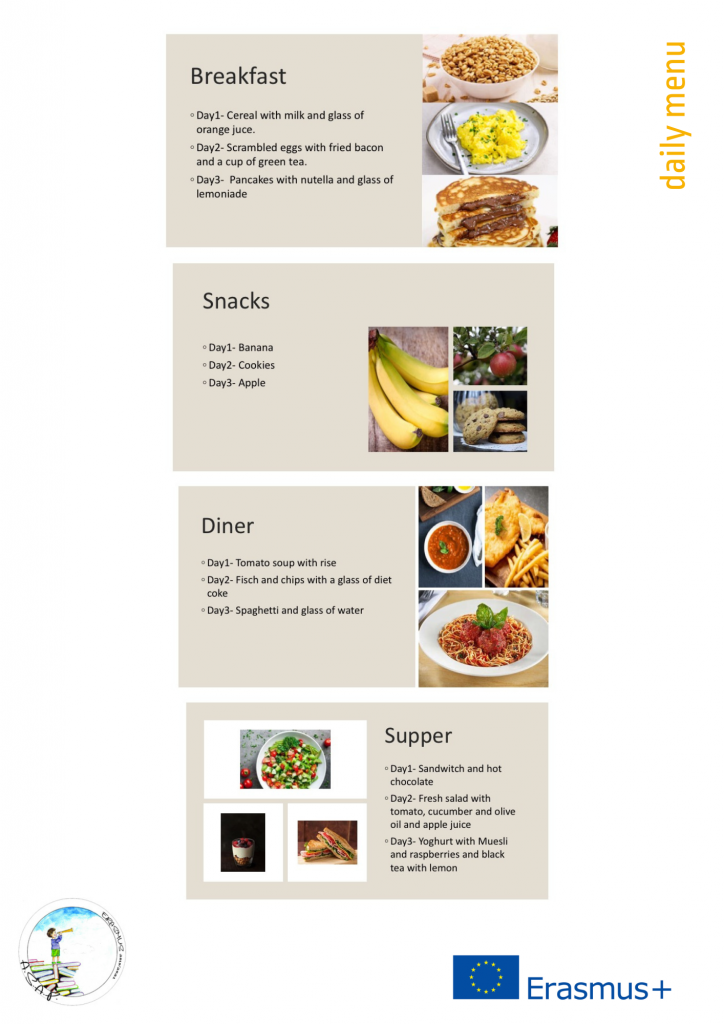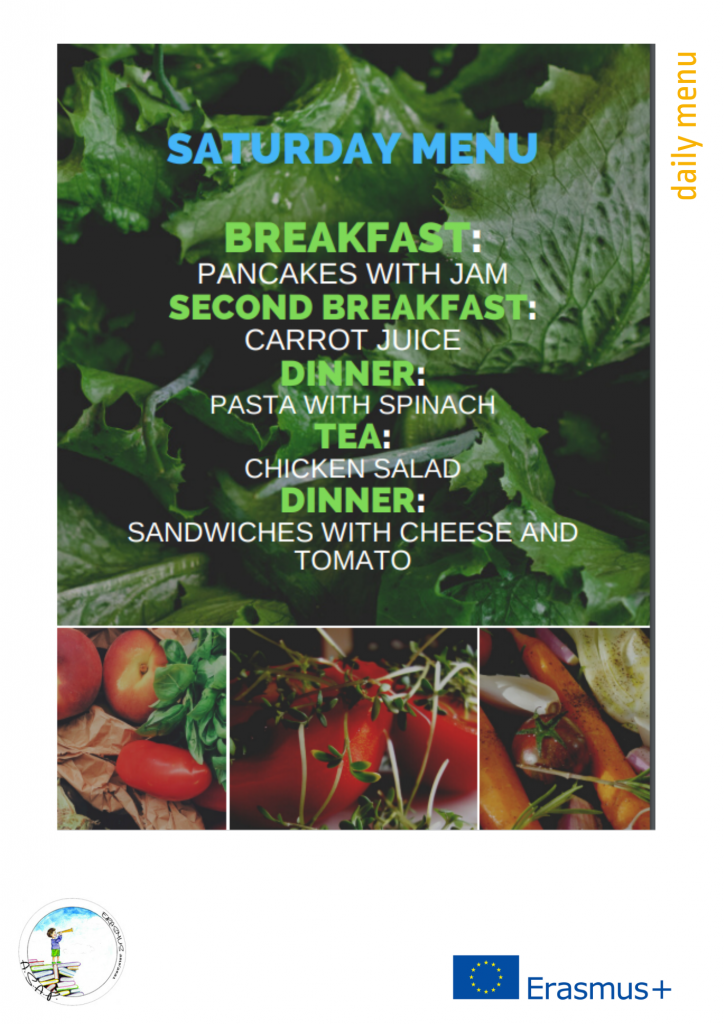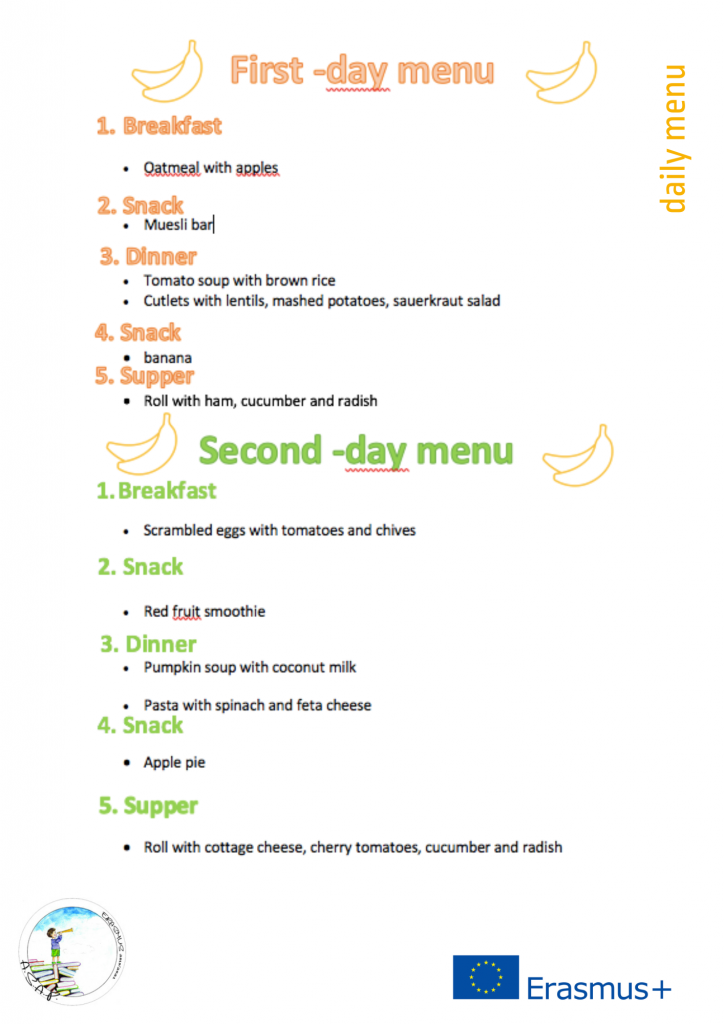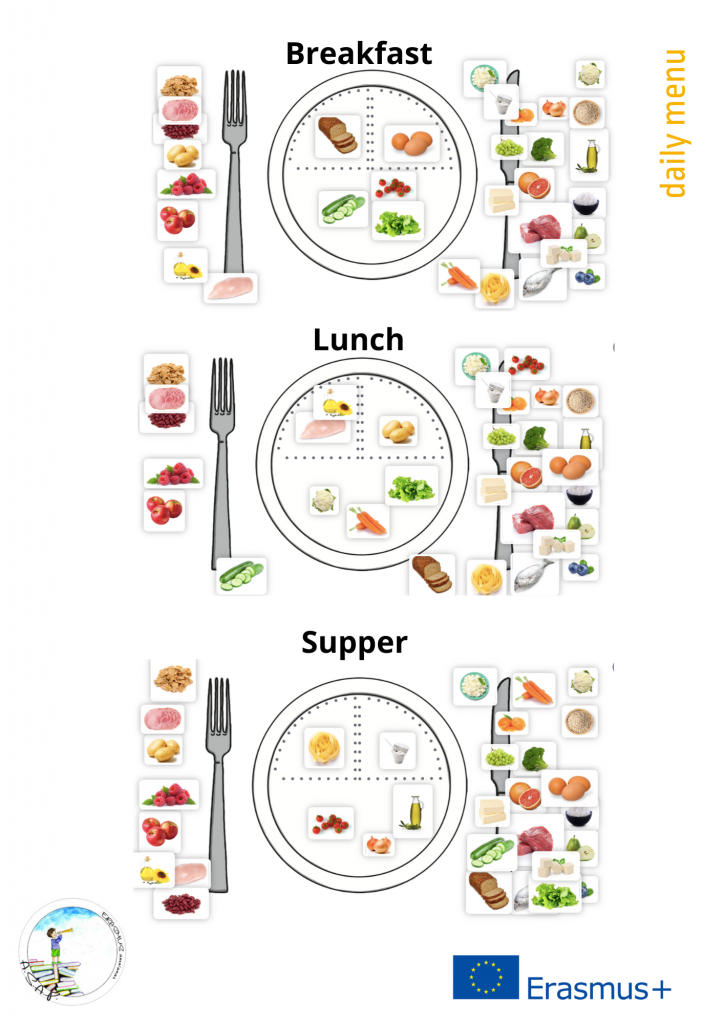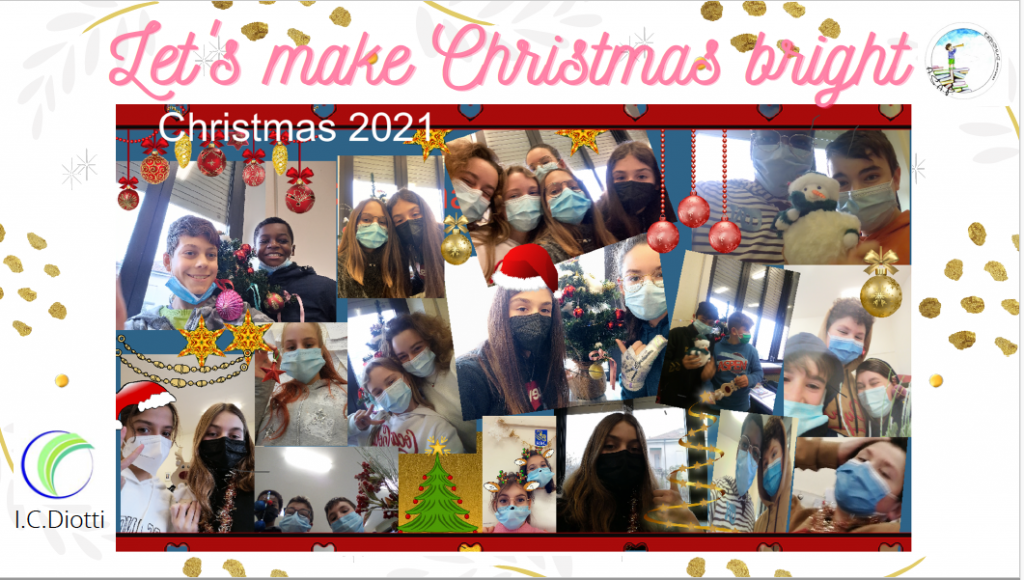
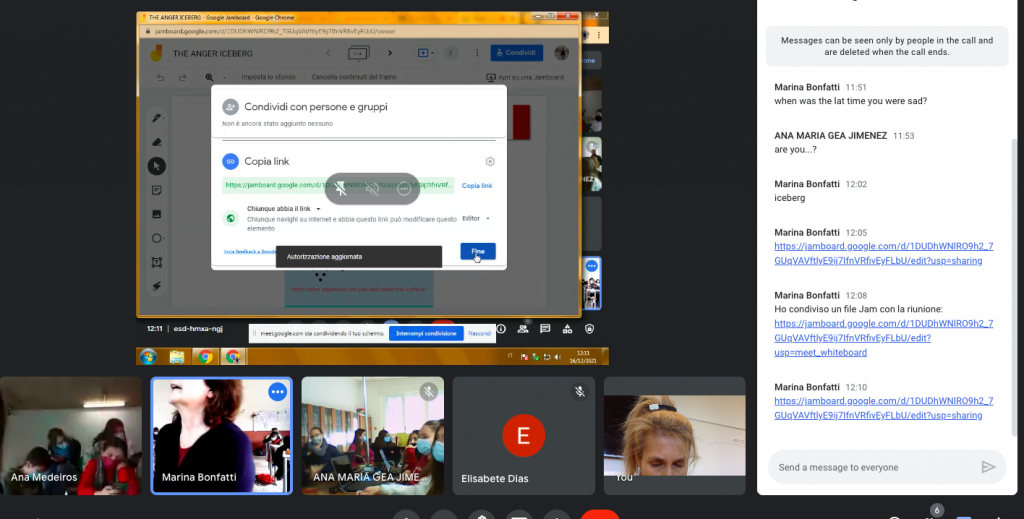
Because of an epidemic situation in Europe none of the countries is willing to take a risk and organize a mobility. That’s why we decided to set up virtual mobilities. All the details were agreed on during a virtual meeting of all the school coordinators and the Italian team offered to organize the first one. Since it was supposed to concern relationship, emotions and their positive influence on our mental health, we decided to organize it in Christmas spirit just before the Christmas holiday. Before the meeting students uploaded some short information about themselves on the common padlet and they made collages presenting things which make them happy.
During the meeting we took part in the following activities organized by the Italian team:
- quizzes about relationships, naming the stages of relationships
- discussing reasons for our feeling emotional
- making ’emotional alphabets’
- brainstorming for qualities which are crucial for being a loyal friend
- shortlisting the essential traits of a good friend
- considering possible causes of anger issues
- checking how well we know our Christmas customs by playing a Kahoot quiz on which we all collaborated
Both the teachers and students were happy to see their friends and listen to them. Technology this time was almost on our side so we were able to participate fully in the planned activities. We finished the two-hour long meeting wishing each other Merry Christmas and a happy New Year.
